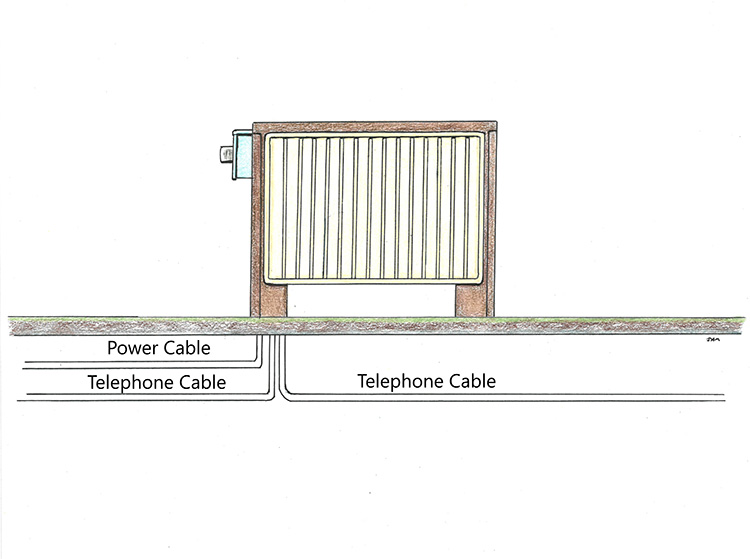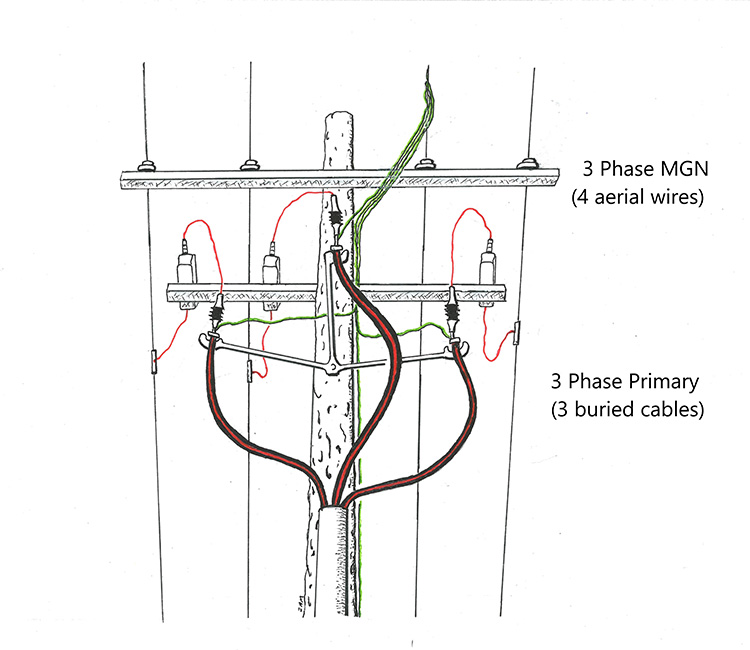UtilityIndustry.info is the website for providing useful information to those who work in and around the utility industry, especially those who work as Utility Locators/Technicians, also known as Damage Prevention Specialists.
This includes Designators in Subsurface Utility Engineering (SUE).
This could be information on how to tell the difference between iron and steel pipes, or information on the difference between an electric transformer and an electric J-box.
Therefore, this site is centered on the Out Side Plant (OSP) of the utility industry: the pipes, cables, pedestals, transformers, manholes, vaults, and so on.
For those looking for instruction on locating buried utilities, Lux Subterra has produced a science-based Subsurface Utility Locating program now being taught at Santiago Canyon College in Orange, California. Course is also available in other States by special arrangement.
This is the most official and respected course on Utility Locating/Designating available, an in-depth technical course which is NULCA certified, CGA compliant, and in line with the newly developing standards of the Utility Engineering Surveying Institute (UESI). Also includes a certificate from Santiago Canyon College.
This is a 3-day course, and will soon be adding an optional 4th-day of instruction on GPR.
For more details go to LocatorEducation.com
This site was compiled by Jeff Ambrose Mitchell, a veteran of over 30 years in the industry.
Although this site is centered on utilities in the United States, most elements of the utility industry are fairly universal. There are always some regional differences from one part of the U.S. to another, and some differences in other nations. We are always open to including any additional information on any of these differences.
The information included comes from a very wide range of resources, including utility books, pamphlets, training manuals, utility trade magazines, science magazines, private collections, and industrial advertisements, many dating as far back as the 19th century. There will be additional information added as it is compiled.
Unless otherwise noted, all illustrations, photos and text included on this website are copyrighted by UtilityIndustry.info and may not be printed, copied, or reproduced in any way without the author’s written permission.
Every reasonable effort has been taken to include the best information possible here. However, considering the vast amount of area being covered, and the fact that this information covers over 200 years of utility types and installations, we cannot guarantee the accuracy of any information presented.
In order to ensure that this site is constantly increasing in content and quality, all comments, suggestions, and criticisms are welcome. Please send all correspondence to [email protected]











